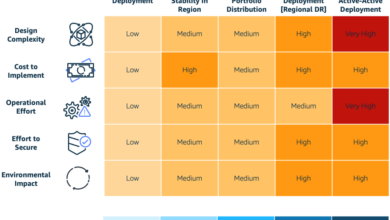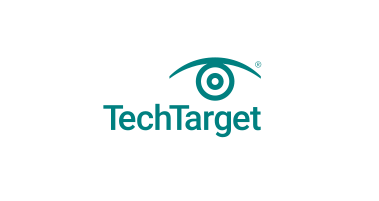5-Step Guide on Securing Serverless Architectures in the Cloud with RASP

Serverless architecture has increased in recent years, and is anticipated to grow by nearly 25% over the next decade, According to one source, the serverless architecture market was worth over $9 billion in 2022, with its compound annual growth rate projected to increase. The market could be worth over $90 billion by 2032.
This indicates the immense amount of potential that this industry carries, influenced by the increasing adoption of DevOps by organizations. However, all this progress could be impeded by cybersecurity risks not being attended to in a robust manner.
Some of the most common risks to serverless environments are Denial of Service (DoS) attacks, authentication breaches, and injection flaws. Runtime Application Self-Protection (RASP) is not a new cybersecurity approach, but has gained renewed interest because of its capacity to handle zero-day attacks and implement zero-trust security.
RASP: How it Works
Gartner defines RASP as “a security technology that is built or linked into an application or application runtime environment, and is capable of controlling application execution and detecting and preventing real-time attacks.” The goal is to enable the RASP system to address new attacks with limited human intervention, all happening in real-time because it is not external protection; it is built directly into the application itself.
It also offers an additional protection layer over whatever default authentication protocol is in use. Malicious actors are smarter at detecting such protocols now, and even authenticated users and devices may be compromised to launch attacks while remaining undetected the whole time.
However, RASP is configured to flag all events that don’t meet the preset standards, and it does this not only by looking at each transaction on the network but also by considering the context of the event. This limits the occurrence of false positive flags, ensuring that human collaborators can focus on actual breach incidents.
Additionally, even though security platforms should be patched regularly, if the patch for one application is not available for some time, RASP could be automated to offer a short-term fix. This is particularly useful for zero-day attacks, where the window for responding is tighter than usual.
All these make RASP a very efficient solution for achieving zero trust security as well. It works particularly well for Zero Trust Network Access as well as identity-based segmentation, both of which are recommended as the natural entry points into zero-trust thinking when it comes to cybersecurity.
Steps to Securing Serverless Architectures with RASP
Just like a cloud contact center must protect customer data, all cloud solutions using serverless architectures must be fitted with self-protection systems. Here are some steps to help you secure your environment.
1.Identify the assets that need to be protected
Begin by identifying the critical assets within your serverless architecture that require protection. This could include sensitive data, functions, APIs, or any other resources that are essential for your applications’ security and functionality. It also includes both the serverless functions themselves and the data that they access.
2. Assess the risks to those assets
Conduct a thorough risk assessment to identify potential vulnerabilities and threats to the identified assets. This assessment will help you understand the specific risks associated with your serverless architecture. You can then prioritize your security efforts accordingly.
3. Implement RASP
Implement RASP tools specifically designed for serverless architectures, ensuring they are compatible with the cloud provider you are using.
Some security features you should look out for include:
- Input validation and sanitization.
- Secure authentication and authorization.
- Data encryption.
- Secure logging and auditing.
- Behavior-based anomaly detection.
4. Monitor the RASP solution for alerts and incidents
RASP is designed to self-protect with limited human intervention, but you still have to maintain some oversight to ensure that it’s working as it should. Normally, this means you must be able to gain visibility into application behavior and detect anomalies, suspicious activities, or attacks targeting your serverless functions.
Then, promptly investigate and respond to any generated alerts. Monitoring can also be done through a Security Information and Event Management (SIEM) system, which centralizes logs and events from various sources, including the RASP solution.
5. Remediate any identified vulnerabilities
This may involve patching or updating vulnerable components, modifying access controls, or implementing additional security measures. Regularly review and address the vulnerabilities identified by your RASP solution to maintain a secure serverless architecture.
Conclusion
RASP is a powerful tool that can help you secure your serverless architecture. By following the steps outlined in this article, you can implement RASP in your own environment to protect your critical assets from attack.
Editor’s Note: The opinions expressed in this guest author article are solely those of the contributor, and do not necessarily reflect those of Tripwire.



